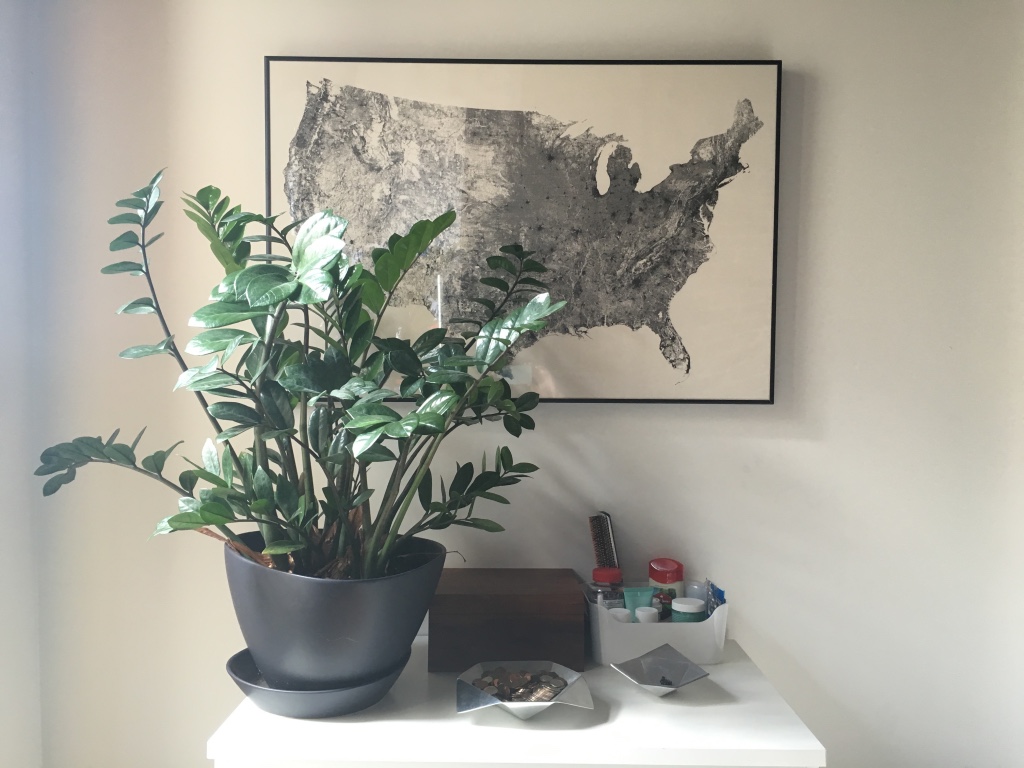In his blog post, “A Brief Rant on the Future of Interaction Design,” Bret Victor asserts that a tool “addresses human needs by amplifying human capabilities” and “converts what we can do into what we want to do”.

With this in mind, I’ve been thinking about the self-watering ceramic spikes we use in the plants around our apartment. A long narrow plastic tube is connected to a hollow ceramic cone with a plastic lid. The plastic tube sits in a water bottle and through capillary action, water is pulled up through the tube into the ceramic spike, placed in the soil. The porosity of the ceramic allows water to leach out into the soil as needed. The only maintenance I provide is periodically refilling the water bottles.
So the question is: are the self-watering plant spikes tools?
Analyzing Bret Victor’s definition, it breaks down into two parts:
- a goal (what we want to do)
- a capability (what we can do)
By using the self-watering spikes, my goal is watering the plants. But what human capability am I amplifying? Perhaps my laziness and inattention to plants…but it’s more likely that the spikes are compensating for that weakness. So I wonder: does a tool continually have to be engaged and operated by a person? For example, a fan can achieve the goal of cooling a room but it is not operated by a person with the exception of turning it on and off. The idea of amplifying human capabilities infers that a tool requires constant and continuous human action throughout the tool’s use. People use things as tools—a spoon to carry soup from a bowl to our mouth, a magnifying glass to engage small print.
Sorry plant spikes, seems like you didn’t make the tool-ing cut.
Other words to investigate: instrument, appliance, apparatus, implement, device